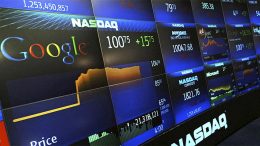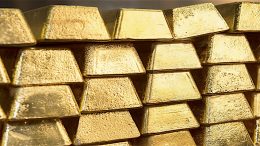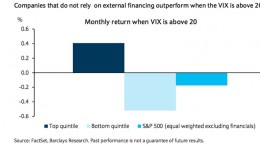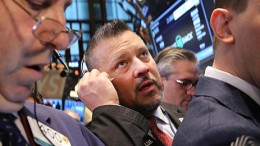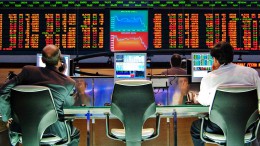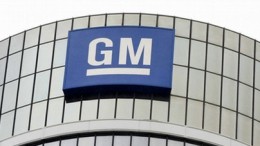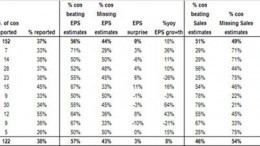Top Target of 2863 for the S&P 500 early in 2018, with the Nasdaq reaching 8000
In a BofAML released today and entitled A Year Ahead Forecast So Bullish, It’s Bearish, analysts draw three main conclusions: S&P 500 expected to climb to 2800 next year, despite sharp mid-year correction; inflation could be a global game-changer for stock and credit markets, and global economic growth accelerates,while the U.S. GDP capped by productivity and wages

